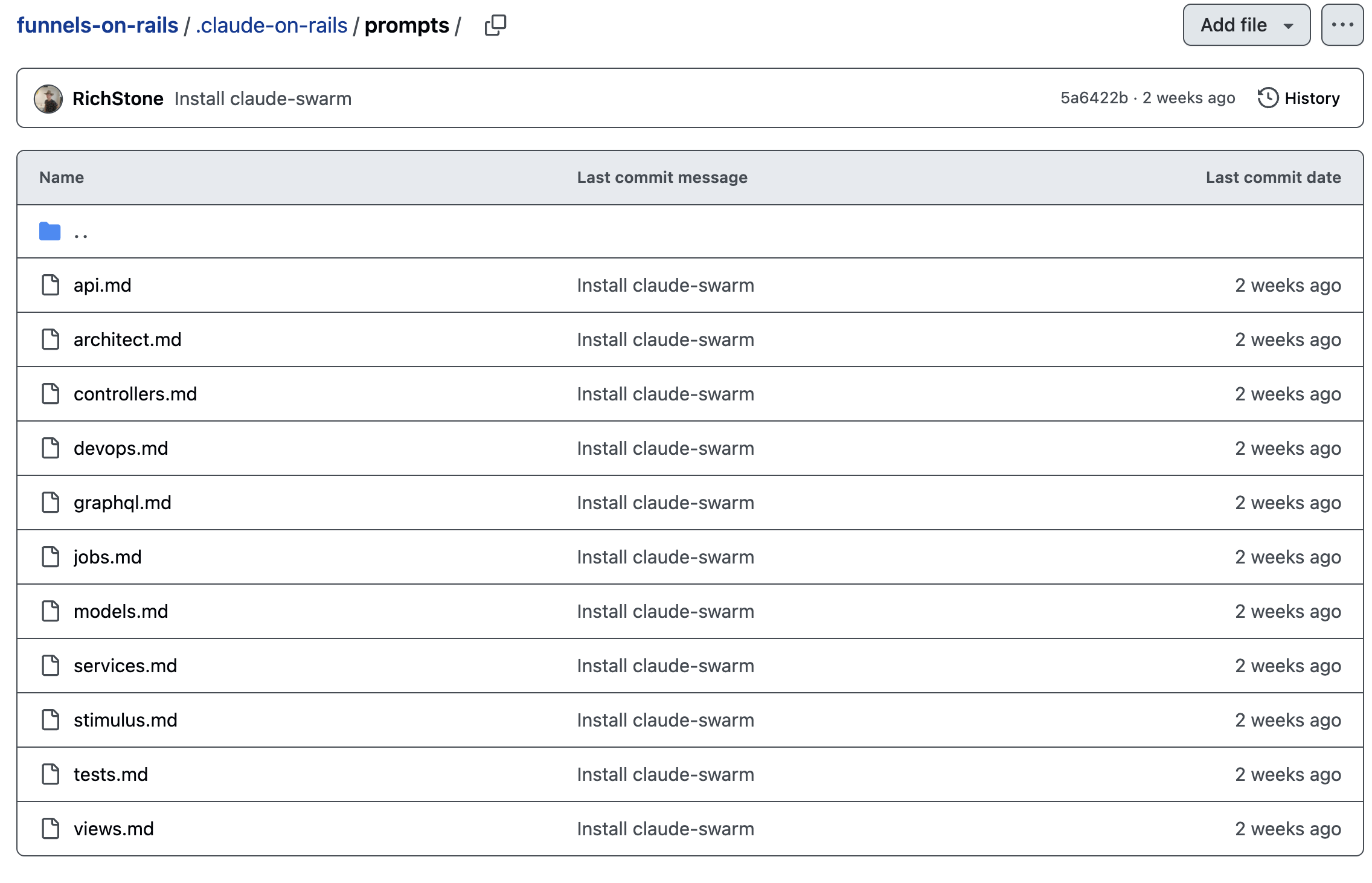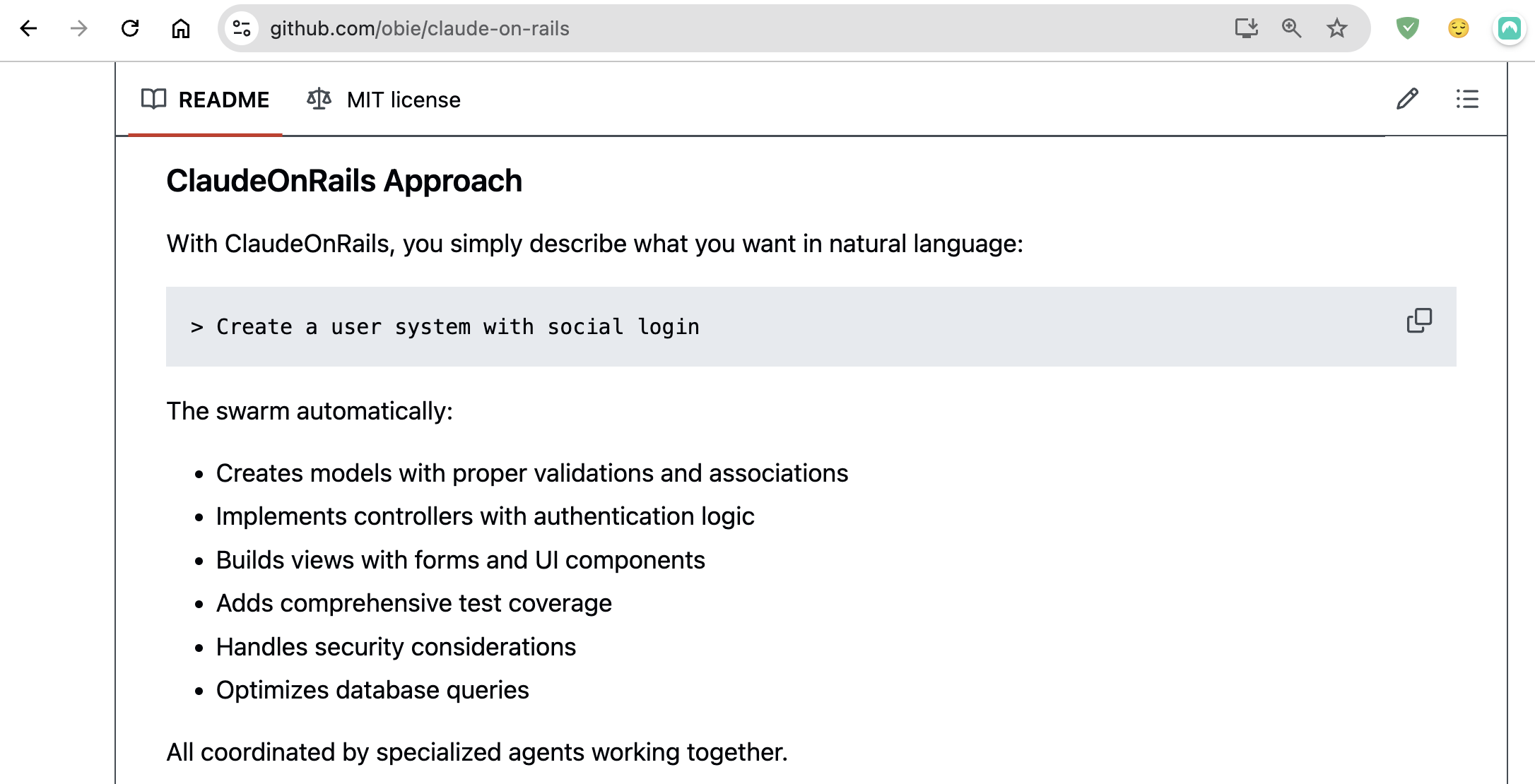Your LLM agent will launch subagents to perform the tasks you give it in teams.
Remember in [1/4] Code with LLMs and a PLAN I talked about how I tweaked an effectively working prompt to skip the step of asking the LLM to first add what it will do to the existing PLAN.md? And in [2/4] Code with LLMs and default instructions how does CLAUDE.md help your agent get the right setup for each conversation? Subagents execute the tasks you assign them in a well-prepared manner, well-equipped for each step with the proper context.
The Claude On Rails gem automates the setup of these subagents by creating an .md file for each subagent specialist tailored to Rails. For example, if views need to be made during the implementation step, a views.md file will be used to feed the subagent that will work on it. Similarly, for tests, there will be a test.md and so on.

I'm still experimenting with this in the Funnels on Rails app, so I don't have grand stories from the real world to share about how much this improves the quality of the output. What I have today is a fair warning that the "architect" from above is not a replacement for a phenomenal PLAN.md. As a developer, you are still the "product manager" who will need to specify a great and fine-tuned PLAN.mds together with Claude, so that all the different subagents in the implementation step have a foundation to work from. Basically, I don't yet think the example in the Claude on Rails gem should be taken at face value in any way:

In my experience, the architect agent, the "main agent" who coordinates the subagents, should have as clear and detailed instructions as you would have for your regular LLM conversation.
Next week is the last chance to secure an open spot in Rails Builders 2 (free), which runs until the end of August. After that, we'll finalize the groups in the existing formations. If you know me, just connect wherever we usually chat. If we haven't spoken yet, press the button. 👇


![[3/4] Code with LLM teams](https://digitalpress.fra1.cdn.digitaloceanspaces.com/xhtzjbw/2025/08/coding-cooks-3-4.png)
